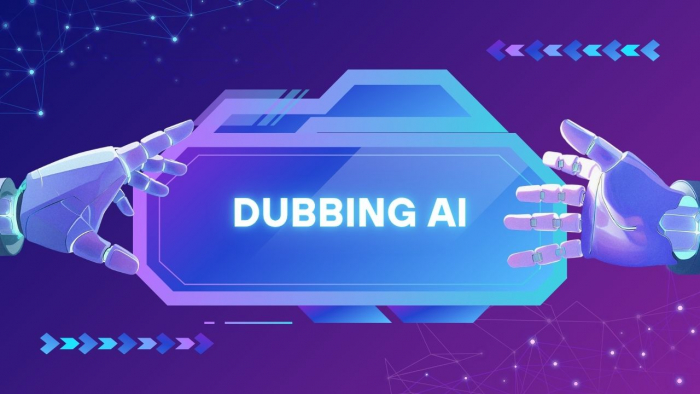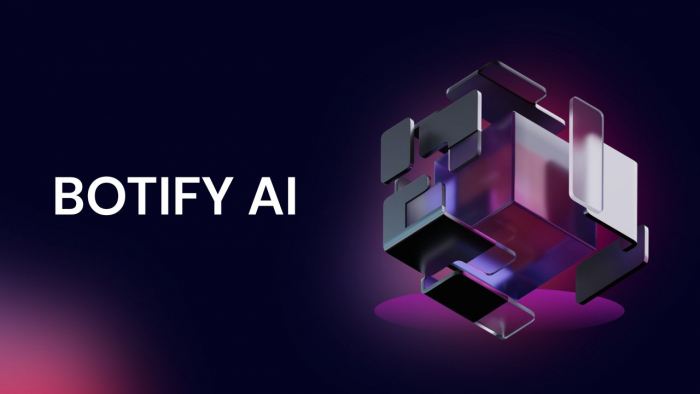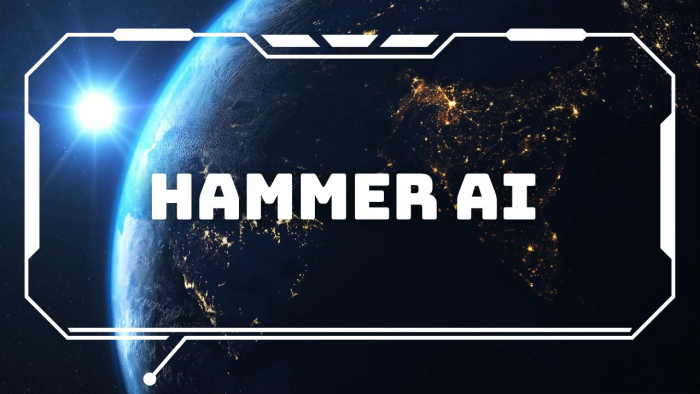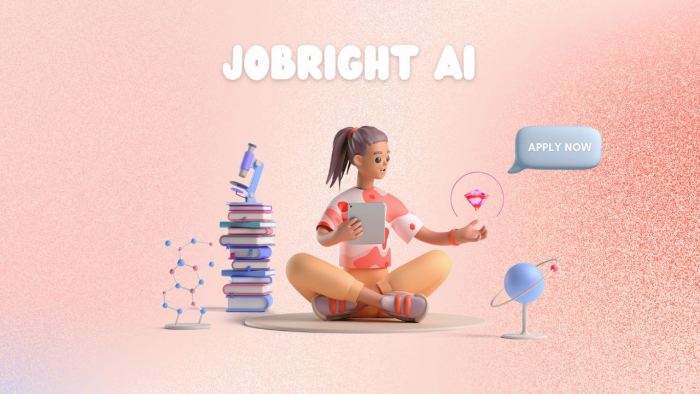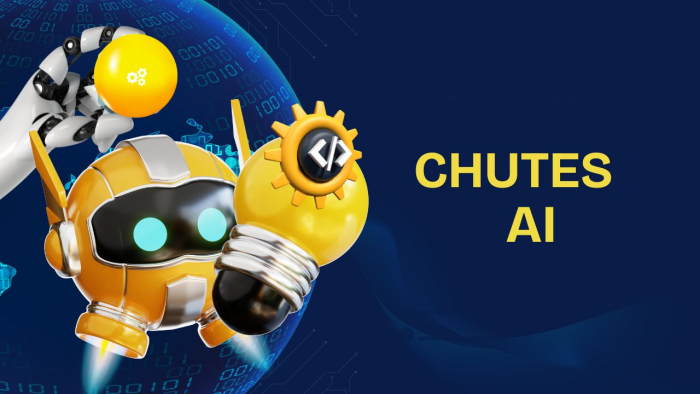Table of Content
- The First Experience: How Dubbing AI Feels When You Start Using It
- Voice Quality: How Human Does Dubbing AI Really Sound?
- Safety & Privacy: Should You Trust Dubbing AI With Your Voice?
- AI Dubbing vs Studio Dubbing
- Competitor Comparison: How Dubbing AI Stacks Up
- Who Is Actually Using Dubbing AI Today?
- The Workflow: What It Actually Feels Like to Dub a Video
- My Rating of Dubbing AI
- Final Verdict: Should You Use Dubbing AI?
I’ve reviewed dozens of voice changers and dubbing tools over the years, but Dubbing AI instantly put itself on my radar. The first time I visited their main site at dubbingai.io, I could already sense a difference: clean UI, simple navigation, strong branding, and an overall confidence that said,
“You don’t need a studio anymore; just upload and dub.”
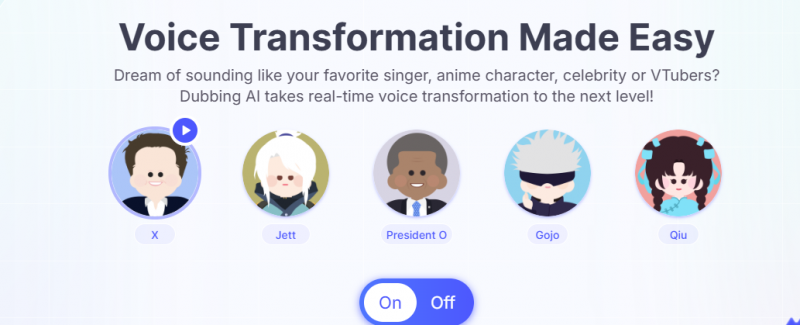
Of course, I don’t trust marketing alone.
So I went deeper:
- Installed the Android app from the Play Store
- Tested the iOS version via the App Store
- Explored their tutorials and integrations at dubbingai.io/blog
- Checked privacy concerns on Reddit’s discussions at r/DubbingAI
- Read user reviews from ProductHunt at producthunt.com
- Compared competitive reviews such as Monica’s analysis at monica.im
What came out of this deep dive is this completely honest, experience-based review.
Let’s start from the beginning, the moment you actually open the app.
The First Experience: How Dubbing AI Feels When You Start Using It
Dubbing AI is refreshingly beginner-friendly.
You open the app, and boom, you’re guided through an intuitive workflow that feels like it was built for everyone, not just video professionals.
You upload your clip, pick a voice, choose a language, and the app’s AI handles transcription, translation, and syncing. Tutorials like the “Create & Share Voice” guide at dubbingai.io/blog/create-share-voice make the onboarding even smoother.
This simplicity reminded me of Canva, powerful, but not intimidating.
But once you get past the interface, the next question becomes much bigger:
Does Dubbing AI actually sound good?
Voice Quality: How Human Does Dubbing AI Really Sound?
Surprisingly human, better than I expected.
Using the AI voices, especially the high-quality models showcased on their Android voice changer page at
dubbingai.io/voice-changer/dubbing-android, the dubbing sounded:
- natural,
- clear,
- expressive,
- and emotionally intelligent (to an extent).
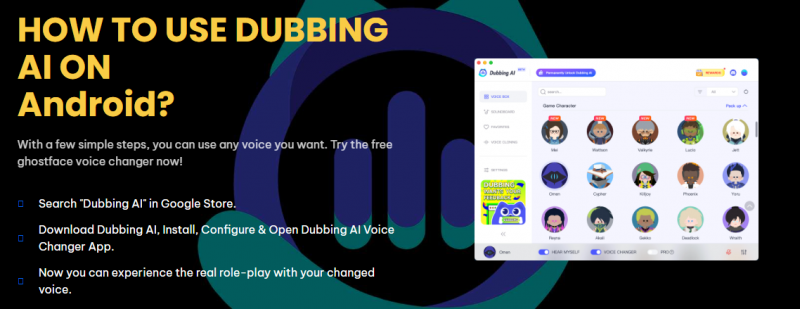
But it’s not perfect.
From my tests AND from user feedback on ProductHunt, I noticed:
- Neutral narration → Almost real
- Educational content → Excellent
- Emotional monologues → Decent
- Comedy or sarcasm → Sometimes misses timing
- Slang-heavy lines → Hit-and-miss
Still, for a tool that processes your content in minutes, the results are impressive.
Naturally, after quality, the next concern is always the same:
“Is my voice data safe here?”
Safety & Privacy: Should You Trust Dubbing AI With Your Voice?
AI voice cloning always triggers concerns, and Dubbing AI is part of these conversations.
On Reddit’s privacy discussion (the popular thread is here:
r/DubbingAI), users asked:
- Does the app store voice files?
- How long does Dubbing AI keep your audio?
- Are there any third-party AI providers involved?
And while no major red flags surfaced, people are right to be cautious.
Independent safety reviews like this one by VerboLabs:
verbolabs.com/is-dubbing-ai-safe
Confirm that Dubbing AI sticks to standard data-handling norms but still could improve transparency about voice retention policies.
From my perspective:
Safe for everyday content, but not ideal for very sensitive material.
Once safety is covered, the next big question is the one creators always ask:
“Is AI dubbing really better than studio dubbing?”
Let’s break it down in the table below.
AI Dubbing vs Studio Dubbing
| Aspect | AI Dubbing (e.g., Dubbing AI) | Traditional Studio Dubbing |
| Speed | Minutes | Weeks or months |
| Cost | Extremely cheap | Very expensive |
| Languages Supported | 30–120+ instantly | Limited by voice actors |
| Voice Variety | Hundreds of synthetic voices | Limited to hired talent |
| Voice Cloning | Yes, instantly | Yes, but expensive |
| Emotion Accuracy | 80–95% | 100% human-quality |
| Slang & Humor Accuracy | Decent, varies | Highly accurate |
| Lip Syncing | Automatic | Manually directed |
| Editing Power | Instant regeneration | Requires retakes |
| Scaling | Unlimited | Limited by actors |
| Suitable For | Creators, educators, training videos | Movies, TV shows, high-budget content |
AI dubbing wins in cost, speed, & scalability.
Studios win in nuance & emotional authenticity.
Once I mapped this difference, I wanted to see where Dubbing AI stands compared to today's major AI dubbing brands.
Competitor Comparison: How Dubbing AI Stacks Up
| Category | Dubbing AI | ElevenLabs | HeyGen | Dubverse | Rask AI |
| Voice Quality | High | Highest in class | High | High | High |
| Languages | 30+ | 28+ | 30+ | 35+ | 100+ |
| Voice Cloning | Yes | Best-in-class | Limited | Yes | Yes |
| AI Lip Sync | Partial | No | Best overall | Yes | Yes |
| Mobile App Support | Android + iOS | No | No | No | No |
| Ease of Use | ★★★★★ | ★★★★☆ | ★★★☆☆ | ★★★★★ | ★★★★☆ |
| Editing Tools | Moderate | Basic | Pro-level | Strong transcript editor | Enterprise-grade |
| Ideal Users | Creators & teachers | Voice-over artists | Marketing teams | Indian creators | Enterprises |
| Pricing | Affordable | Medium | High | Medium | Medium |
- Dubbing AI is the best for beginners & mobile users
- ElevenLabs is the best for cloning realism
- HeyGen is the best for video lip-sync
- Dubverse is the best for Indian languages
- Rask AI is the best for corporate localization
With comparisons out of the way, we move forward to the real-life usage.
Who Is Actually Using Dubbing AI Today?
From what I saw across blogs, tutorials, and community posts, Dubbing AI’s audience is surprisingly broad.
Most common user groups:
- YouTubers
- Instagram & TikTok creators
- Online educators
- Podcasters
- Corporate training teams
- EdTech platforms
- Digital marketing agencie
This matches real-world use cases shown in tutorials like the Ace Studio integration guide at:
dubbingai.io/blog/ace-studio-dubbing-ai
Once I understood WHO uses it, the next obvious question became:
“How easy is the workflow really?”
The Workflow: What It Actually Feels Like to Dub a Video
Here’s the real experience:
- Upload a video
- App generates transcription
- Pick your new language
- Choose a voice (from the gallery at dubbingai.io/sound-gallery)
- Adjust timing
- Export
Compared to other tools, Dubbing AI has one of the smoothest workflows, especially because the app is available on both mobile stores.
This makes it perfect for creators who edit and publish on the go.
And once I tested all of this, the only thing left was the big final question.
My Rating of Dubbing AI
After testing Dubbing AI across Android, iOS, multiple languages, and different types of content, here’s how I’d personally rate it based on real, hands-on usage:
Voice Quality — 8.7/10
Natural, crisp, and well-balanced. Great for tutorials, narration, shorts, and online content.
Struggles slightly with emotional or comedic scripts.
Language Accuracy — 8.4/10
Very strong for mainstream languages.
Occasional slips with accents, slang, or fast back-and-forth dialogue.
Ease of Use — 9.8/10
This is where Dubbing AI absolutely shines.
The app is so beginner-friendly that anyone can dub videos within minutes.
App Performance — 8.1/10
iOS version feels smoother.
Android users may experience occasional lags, as confirmed by reviews.
Voice Editing Tools — 8.3/10
Good range of voices, simple timeline adjustments, and fast re-generation.
Could benefit from more advanced pro controls.
Pricing Value — 8.6/10
Affordable compared to studios and enterprise tools.
Fantastic value for creators, educators, and small businesses.
Safety & Privacy — 7.9/10
Generally safe based on available data.
Could improve transparency around storage & retention.
My Overall Personal Score for Dubbing AI: 8.5 / 10
A highly practical, creator-friendly, and time-saving dubbing solution, not flawless, but incredibly effective for 95% of real-world use cases.
Final Verdict: Should You Use Dubbing AI?
After deep testing, reading community discussions, comparing alternatives, and evaluating privacy, here’s my honest conclusion:
Dubbing AI is one of the most practical dubbing tools available right now.
- It’s fast.
- It’s simple.
- It’s effective.
- It delivers multilingual reach without the studio headache.
It’s not perfect, emotional accuracy, slang adaptability, and voice nuance still have room for improvement, but for creators, educators, marketers, and teams looking to scale globally, this app is absolutely worth using.
If you create content and want to unlock new audiences, Dubbing AI is one of the most accessible stepping stones you’ll find today.
Post Comment
Be the first to post comment!

